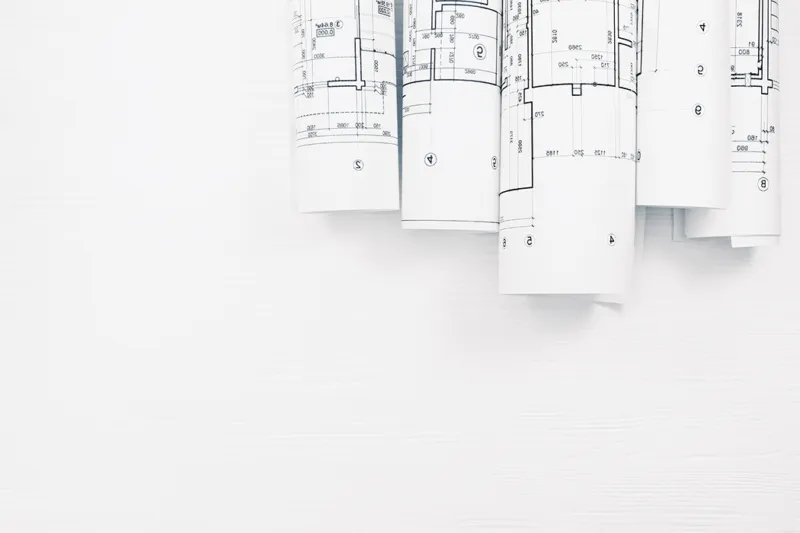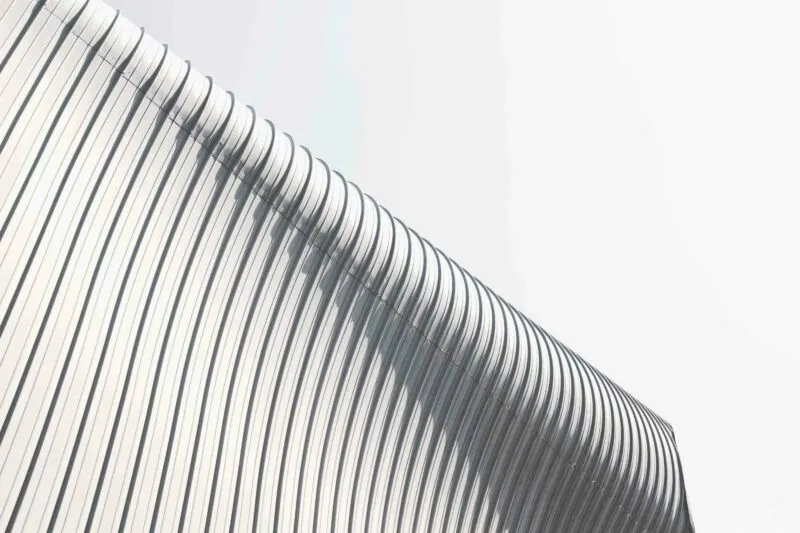New and improved Australian registered designs vs commonly used foreign regimes
On 10 March 2022, the Designs Amendment (Advisory Council on Intellectual Property Response) Act 2021 will come into force in Australia, enacting some welcome changes to the industrial design registration system. Here we look at how the new Australian model compares to some of the foreign regimes commonly used by Australian rights owners.
The most prominent changes introduced in Australia are providing a 12 month grace period (subject to some exceptions) and deferred publication. Both of these will assist design owners by allowing markets to be tested pre-registration without affecting registrability, and maintaining confidentiality of a design for up to six months after filing an application.
Whilst designs law is not as globally harmonised as patent law, the revised Australian system will align more closely with those of its major trading partners. This will be helpful to both domestic and foreign rights owners, and should streamline obtaining corresponding rights in Australia and overseas.
To illustrate how the Australian changes compare with foreign jurisdictions, we have compared a number of important features of design law in the tables below. These review the availability of grace periods, multiple design registration, partial design registration, deferred publication, examination, and maintenance requirements in Australia, the United States, the European Union, China, Japan, and the Republic of Korea.
Our commentary is general in nature. Before taking any action in Australia or elsewhere, we recommend the full facts of a matter are reviewed with an appropriately qualified IP attorney.
1. Grace period
A ‘grace period’ is a defined period of time before filing an application for registration in which public disclosure by the design owner does not affect the registrability/patentability of a design.
| Jurisdiction | Available? | Notes |
| Australia | Yes | Public disclosures by the registered owner, predecessor in title, or another entity authorized by the owner, up to 12 months before the priority date do not affect validity. Applies to disclosures on or after 10 March 2022. Exceptions: publication by a Designs Office, or in an earlier application of the designer, are excluded from grace period. |
| United States | Yes | Public disclosures by an inventor up to 12 months before the priority date do not affect validity. |
| European Union | Yes | Public disclosures by a designer, or subsequent owner of the design, up to 12 months before the filing date do not affect validity. |
| China | No | Exception: public disclosure up to six months before the filing date in limited circumstances, being: 1. disclosure at an international exhibition recognised by the Chinese government 2. disclosure at certain academic conferences, or 3. disclosure without the consent of the applicant. |
| Japan | Yes | Public disclosures by a designer or applicant up to 12 months before the filing date do not affect validity. Grace period must be actively applied for after filing. |
| Republic of Korea | Yes | Public disclosures by a designer or applicant up to 12 months before filing date do not affect validity. Exception: publication by a Designs Office. |
2. Multiple designs
A ‘multiple design application’ allows more than one industrial design to be included in a single application.
| Jurisdiction | Permitted? | Notes |
| Australia | Yes | Although the official fee charged for each additional design is only marginally discounted. Alternatively, a “common design” applied to more than one product is registrable in a single application. |
| United States | No | |
| European Union | Yes | Provided each design falls in the same Locarno class. Discounted official fees charged for the 2nd-10th design, and further discounted fees charged for the 11th design onwards. |
| China | Yes | For similar designs relating to the same product, and for designs relating to different products in the same Locarno class which are sold or used in a set and have a similar design. |
| Japan | Yes | Since 1 April 2021, provided each design relates to the same product or overall design concept. However, a full official fee is charged for each design. |
Republic of Korea | Yes | Up to 20 designs can be filed in a single application. |
3. Partial designs
Registration of a ‘partial design’ involves securing rights for only a portion of a product. Partial design practice typically involves delineating some of the product in a particular way, such as illustrating in broken (often dashed) line.
| Jurisdiction | Permitted? | Notes |
| Australia | Yes | But only if the part is manufactured separately from the rest of the product so as to permit assembly and disassembly (part of a “complex product”). In all cases, a Statement of Newness and Distinctiveness can be included to focus the registration on one or more aspects of the design/product. |
| United States | Yes | |
| European Union | Yes | |
| China | Yes | Available for applications having a filing date on or after 1 June 2021. |
| Republic of Korea | Yes |
4. Deferred publication
In some jurisdictions, a design can be registered and published within days or a few months after an application is filed. This can be problematic for some design owners who wish to maintain confidentiality of the design, for example, to maintain a competitive advantage, but require an early priority date.
| Jurisdiction | Permitted? | Notes |
| Australia | Yes | From 10 March 2022, publication may be deferred for 6 months. |
| United States | No | Except for international design registrations designating the US. For directly filed US applications, publication occurs at grant, which may be over 12 months after filing. |
| European Union | Yes | Up to 30 months from earlier of filing or priority date. |
| China | No | Except for international design registrations designating China filed on or after 5 May 2022 (following China’s recent accession to the Hague Agreement). |
| Japan | Yes | Up to 36 months from the registration date. |
| Republic of Korea | Yes | Up to 36 months from the registration date. |
5. Substantive examination
Substantive examination involves a design being considered by an examining authority to determine whether it can be validly registered, for example, when compared to the prior art base.
| Jurisdiction | Compulsory? | Notes |
| Australia | No | Substantive examination is optional and can be requested by the design owner or a third party at any point in the term of registration. If enforcement is required, the registration must progress through examination and be certified. |
| United States | Yes | Automatic substantive examination. |
| European Union | No | Third parties can file an application for a declaration of invalidity at the EUIPO which will initiate a substantive examination procedure. |
| China | No | A patentee, interested party or alleged infringer can request CNIPA prepare a design patent evaluation report which will initiate a substantive examination procedure. A patent evaluation report is often required by a court during an infringement action. |
| Japan | Yes | Automatic substantive examination. |
| Republic of Korea | Yes | Automatic substantive examination. |
6. Term & maintenance
‘Term’ refers to the period of time in which a design registration provides exclusive rights. Many jurisdictions require an official fee to be paid on one or more occasions to maintain the registration.
| Jurisdiction | Term | Renewal |
| Australia | 10 years from filing date | Single payment by the 5th anniversary of filing date. |
| United States | 15 years from grant date | Term is subject to any terminal disclaimer included because the design patent is a continuation or divisional of an earlier filed application. No renewal fees payable. |
| European Union | 25 years from filing date | Payment due by each 5th year from filing date. |
| China | 15 years from filings date (as of 1 June 2021) | Annual payment due by each anniversary of filing date. |
| Japan | 20 years from registration date | Annual payment due by each anniversary of filing date after the 2nd anniversary. |
| Republic of Korea | 20 years from filing date | Annual payment due by each anniversary of filing date after the 3rd anniversary. |

